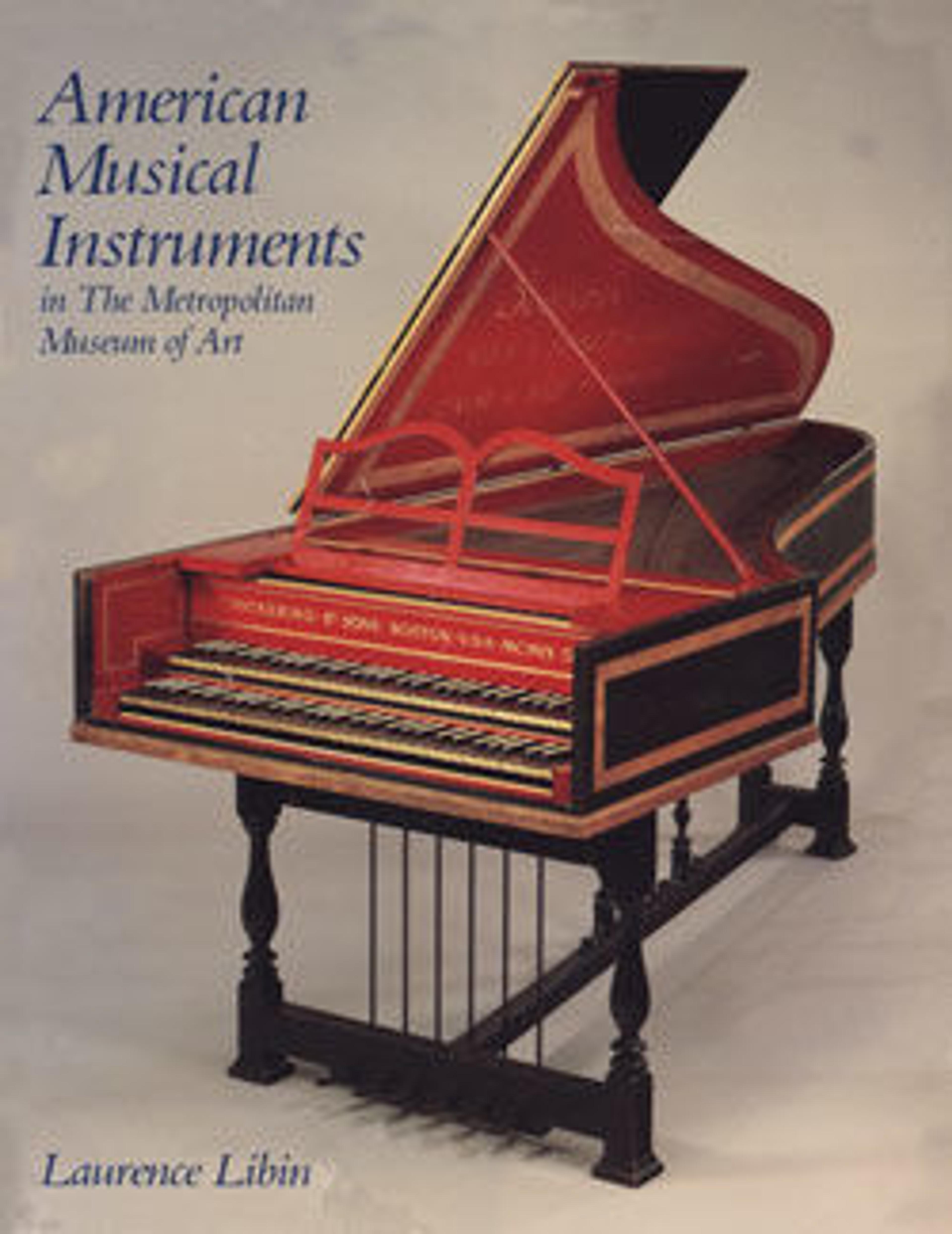Clarinet in B-flat
The clarinet is a comparatively recent member of the orchestral wind section. It gained popularity in the orchestra of Mannheim, Germany, in the later eighteenth century, and its warm, woody sound came into its own in the chamber and orchestral music of Mozart. This example was made in the United States, where colonists first established orchestras in theaters and pleasure gardens.
Artwork Details
- Title:Clarinet in B-flat
- Maker:Graves & Company
- Date:ca. 1830–40
- Geography:Winchester, New Hampshire, United States
- Culture:American
- Medium:Boxwood, ebonite, ivory, brass
- Dimensions:Total length : 660 mm.
Bell diam.: 75 mm.
Mouthpiece length: 91 mm.
Barrel length: 56 mm.
Upper body section: 231 mm.
Middle body section: 123 mm.
Lower body section: 146 mm.
Bell: 121 mm. - Classification:Aerophone-Reed Vibrated-single reed cylindrical
- Credit Line:The Crosby Brown Collection of Musical Instruments, 1889
- Object Number:89.4.899
- Curatorial Department: Musical Instruments
More Artwork
Research Resources
The Met provides unparalleled resources for research and welcomes an international community of students and scholars. The Met's Open Access API is where creators and researchers can connect to the The Met collection. Open Access data and public domain images are available for unrestricted commercial and noncommercial use without permission or fee.
To request images under copyright and other restrictions, please use this Image Request form.
Feedback
We continue to research and examine historical and cultural context for objects in The Met collection. If you have comments or questions about this object record, please contact us using the form below. The Museum looks forward to receiving your comments.
